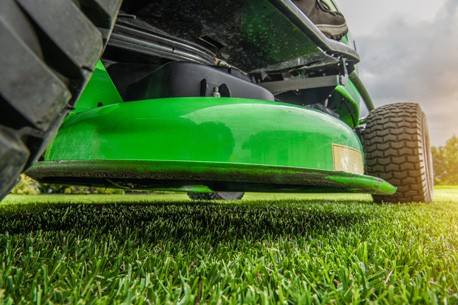Introducing our Safe Work Method Statement (SWMS) for working with ride-on motor mowers – your comprehensive and fully editable solution for ensuring safe and efficient operations on site. Our SWMS is designed to provide you with everything you need to ensure that you and your team are working safely and in compliance with all relevant legislation.
Here are the key features of our SWMS:
Pre-filled and Comprehensive: Our SWMS comes pre-filled with all the necessary information and is comprehensive enough to cover all the aspects of the project. This saves you time and effort in creating your own document from scratch.
Fully Editable and Customisable: Our SWMS is provided in Microsoft Word format, making it easy for you to edit and customise to suit your specific needs. You can add or remove sections, adjust the content, and ensure that your SWMS reflects the unique requirements of your project.
Scope and Project Details: Our SWMS includes a section for detailing the scope of the project, as well as important project details such as the location, date, and time of the work.
Checklist of High-Risk Machinery: We provide a checklist of high-risk machinery that may be present on site, ensuring that you have considered all potential hazards and risks.
Space for Recording Staff Training: Our SWMS includes space for recording staff training, ensuring that your team is appropriately trained and skilled to operate the machinery safely.
Before and After Risk Ratings: Our SWMS includes before and after risk ratings, which provide a visual representation of the effectiveness of your risk management strategies.
Legislative References: Our SWMS includes resources for use of legislative references, ensuring that you are complying with all relevant legislation.
PPE Requirements: Our SWMS includes all PPE required for the safe operation of the machinery, ensuring that your team is adequately protected.
Risk Assessment and Matrix: Our SWMS includes a risk assessment and risk assessment matrix, which provide a systematic approach to identifying and mitigating potential risks.
Checklist for Implementation: Our SWMS includes a checklist to ensure that all requirements have been covered when implementing the SWMS, ensuring that you have not overlooked any important details.
Sign-Off Page: Our SWMS includes a sign-off page for all workers and responsible persons, ensuring that everyone is aware of the risks and has agreed to comply with the SWMS.
Easy to Use and Customise: Our SWMS is easy to use and customise, ensuring that you can quickly and easily create a document that reflects the unique requirements of your project.
Suitable for Large Contracts and Tenders: Our SWMS is suitable for large contracts and tenders, including tier 1 contractual work, ensuring that you can use it for a wide range of projects.
Instantly Delivered Download: Our SWMS is available as an instant download, ensuring that you can start using it immediately.
Our SWMS for working with ride-on motor mowers is a valuable tool for ensuring the safety of your team and the success of your project. It is comprehensive, fully editable, and easy to use, making it the perfect solution for any project requiring the use of this machinery. So, why wait? Download our SWMS now and ensure a safe and successful project.
Here is some safety information related to working with a ride-on motor mower.
Hazards and Risks:
![]()






